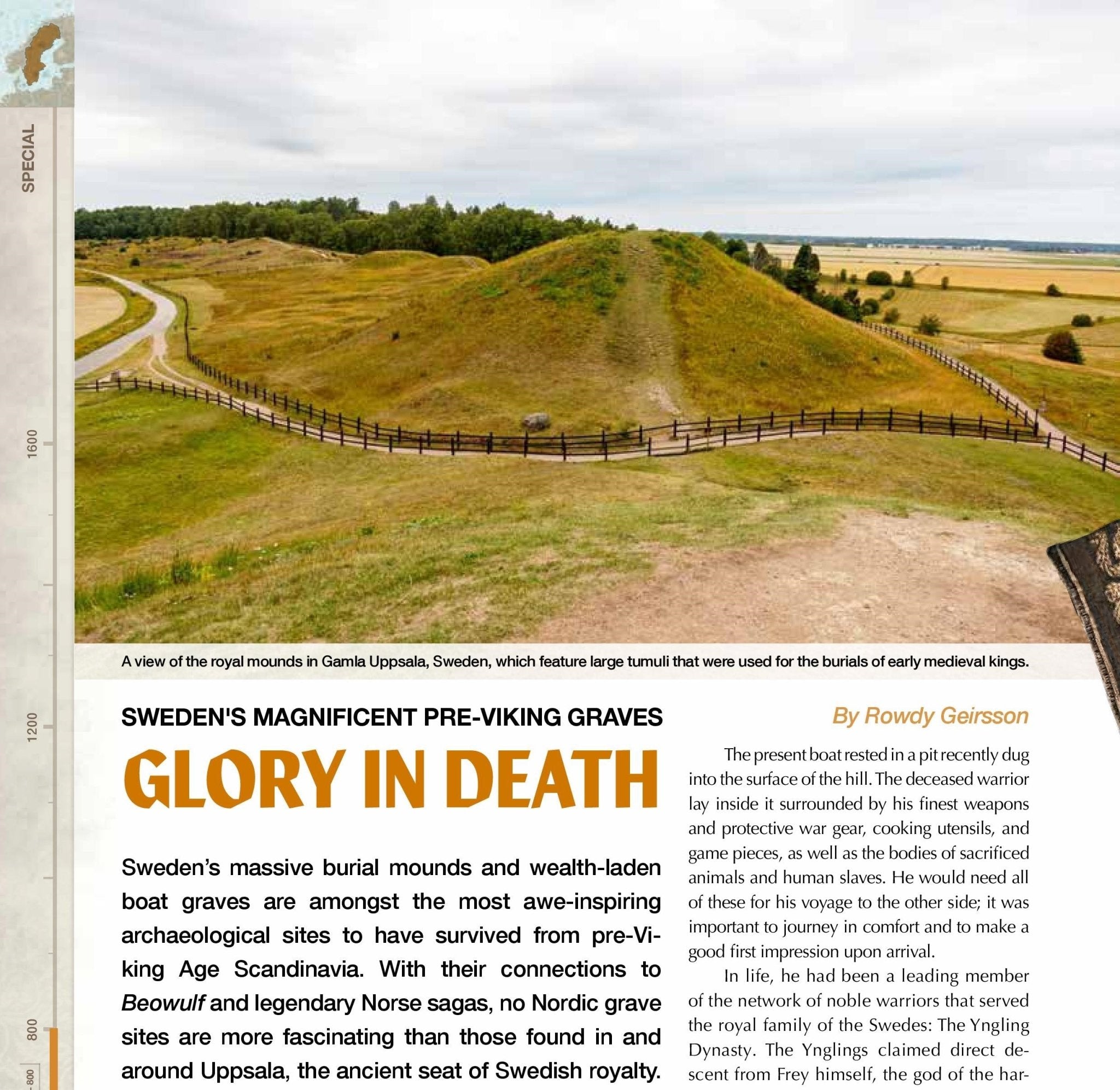Spear-throwing tips from a Portuguese King
 Medieval warriors needed to know how to wield a number of different weapons, as well as how to fight on both foot and horseback. We have a few works from the Middle Ages where instructions are given on how this should be done, including one written by a 15th-century Portuguese king.
Medieval warriors needed to know how to wield a number of different weapons, as well as how to fight on both foot and horseback. We have a few works from the Middle Ages where instructions are given on how this should be done, including one written by a 15th-century Portuguese king.
The Book of Horsemanship by Duarte I of Portugal was written in the 1430s, around the time the prince succeeded to throne of his kingdom. Desiring to offer advice for his fellow lords, knights and squires, Duarte gives a wide-ranging work, going from explaining how to use a saddle to ways of showing confidence while on the battlefield.
The treatise offers tips on wielding various weapons, which can be used in warfare or for hunting, including a chapter on how to throw a spear. Duarte starts out by explaining the four things one needs to do:
First, to throw far.
Second, accurately.
Third, safely, keeping himself and his horse from falling.
Fourth, elegantly.
He then sets out to expand on these statements, emphasizing the need to practice a lot, first on foot, and then on horseback. He explains:
In throwing on foot, some people bear the spear low as they run, and others high, and throwing it from there. The former seems to me the better way for throwing on horseback. But I could not do it this way: I bear it high, and when I am ready to throw, lower the arm and body, and send it up without delay. But of these seem just fine to me. But to extend the arm early in the beginning of the run, or after you lower it to tarry with it there.
Once you have perfected the throwing of a spear, the next task is to do it while riding on a horse. The king advises to practice with spear shaft that has been blunted on both ends, and then writes:
Bring the horse to canter, work to relax your arm as if you were throwing on foot, and release it high and smoothly, having squeezed it in your hand, well aimed for distance; for when the spear is released this way, the motion of horse makes it travel much further than you might think. You should practice this way at the canter or a while, so that you can better get all these precepts, especially the fling of the arm, for few do it well enough.
As you get better with spear-throwing on horseback, you want to have the animal gallop faster. Duarte notes that when he throws a spear on foot he can get it fly a distance of up to 11 spear-lengths, and when on horseback he can fling it more than 16 spear-lengths.
The chapter next moves onto accuracy:
To throw accurately, you should consider whether the throw is short or long. If it is long, help yourself with your skill at throwing and throw it as far in advance as you estimate the quarry can go before the spear arrives; this throw will have a chance of hitting. If it is short, you should not throw straight ahead, since that is dangerous and not so accurate, but let it go to whichever side suits you or the situation; affix your gaze on the shoulder of the quarry, and aim it there, throwing high and easily, as if you were playing at the javelin, not making such great account of trying to deliver a powerful throw as of planting it. For it the spear goes smoothly from the hand, the motion of the horse usually makes it deliver a great enough blow. If you throw standing still, as often happens for hunters, and it is reasonably close, you should observe the same manner of throwing high and easily as if you were playing at the javelin, a game I have found very good for a man to train himself to throw accurately on foot and on horseback.
In terms of safety, Duarte offers two pieces of advice - do not throw your spear straight in front of you, and once the weapon leaves your hand get your horse to quickly turn around and head back. As for his final point about throwing elegantly, the king explains that you and your horse should look good, and to keep yourself steady in the saddle during the maneuver. If all this is done, “you should deliver a powerful and smooth throw with the spear.”
The chapter ends with Duarte offering a few words about his own experience with spear-throwing:
In throwing I have struck many bears, boars, and harts from horseback, while at times I missed others owing to the horse, saddle, or wind, the ground where I was running, a dry or cold hand, obstruction of the arm, weight, a bad spear, or haste of will; but I never considered it strange when I missed, since these factors and other occurrences can get in the way. And even though people do not use this art much when their arms are armoured, this is no reason not to practice and know it, for at some time it may be of use. And I have often been successful and displayed good fluidity in hunting and cane-games and other things that good men are accustomed to do on horseback and on foot.
The Book of Horsemanship then continues on with tips on sword-fighting, wrestling and the assorted problems and dangers when riding. You can read the translation of this text, by Jeffrey Forgeng, which has just been published by the Boydell Press. Click here to learn more.




